#e10
Piston Slap: Corny Fuel Talk From Iowa?
Duncan writes:
My daily driver is a 2013 Hyundai Genesis 5.0 R-Spec (with about 22,000 miles), making a claimed 429 hp on premium gas (91 octane, I assume). The power dips to 421 hp (claimed) when running on regular. Here in Iowa, we have the luxury of purchasing fuel with no ethanol.
The 87 octane gas w/o corn costs almost as much as 91 with. If it was your money, what would you put in the tank? 87 with no ethanol ($2.40ish a gallon), 87 with ethanol ($2.20ish) or 91 with ethanol ($2.50ish)? Running 87 or 91 without ethanol does improve mileage, whereas I do not notice an increase in performance running 91 or 93 — though it is recommended (but not required) by the good folks at Hyundai.
Piston Slap: Decomposition of the Fuel Composition Sensor?
Longtime TTAC commentor rrhyne56 writes:
Flex Fuel. I see it more and more. From what I’ve heard, this mainly means the vehicle has a fuel system that alcohol wouldn’t eat up. (Mainly, yes. — SM)
So here’s my question: do the more recent models of these vehicles have the ability to sense what level of alcohol is in the fuel lines and adjust the engine accordingly, to make best advantage of whatever current gasoline/alcohol or alcohol/gasoline mixture is entering the engine? I watched a build on Mighty Car Mods where the Haltech engineer was tweaking just such a system.
I know, I know, I ought to just Google it. But I thought it might make for some lively discussion.
Horsepower, Democratized! A History of Bringing Power to the Masses
While in recent months TTAC has reported on the declining popularity of the four door, there are still a plethora of fast sedans in the marketplace.
In fact, the performance extracted from them was unfathomable even a generation ago. How did we end up at a 500-horsepower Audi, a 640-horsepower Cadillac and 707-horse Dodge? What were once numbers reserved for otherworldly exotics now are found in a pedestrian nameplate.
But this is no new trend, for while the current power war we’re experiencing has generated outlandish performance numbers for a mere average Joe, the recipe of sticking the most punch possible into a sedan for the masses goes back a long way.
New Ethanol Mandate to Breach 10% 'Blend Wall' Satisfies Nobody - Except EPA
Serendipitously, Sajeev Mehta’s post about the possible damage to older cars from gasoline-ethanol blends went up just a few days after the U.S. Environmental Protection Agency proposed a new mandate to mix another 700 million gallons of biofuels — including 300 million gallons of corn-based ethanol — into the country’s fuel supply.
The objective of the new mandate: hit a 18.8 billion gallon 2017 target for biofuels.
The move has both critics and supporters of ethanol unhappy.
Piston Slap: Tolerate the Government's Ethanol Boondoggle?
David writes:
Hi Sajeev,
Is it worth the extra 40¢/gallon to go for 91 octane ethanol-free gasoline based on its durability merits?
Piston Slap: E15 and The Kiss of Death?
Robin writes:
Sajeev, here is a possible line of discussion: ethanol fuel. It’s hard to find straight gasoline now and impossible in the more populous counties of Texas. E15 is around the corner. My old D21 is still running strong at over 200K (previously discussed here and here —SM) but I fear that adding E15 might be the kiss of death for its early ’90s system.
Additives, alternatives and a point of discussion?
For First Time, E.P.A. Proposes Cutting Renewable Fuel Standards' 2014 Ethanol Requirement for Gasoline Blends
While ethanol producers have been lobbying to increase the blend of that alcohol in standard gasoline to 15%, many in the auto industry have opposed that increase, saying that it could damage cars. Now the U.S. Environmental Protection Agency has, for the first time, proposed reducing the ethanol requirement in the nation’s fuel supply. Actually, what they are proposing is a smaller increase in the overall use of ethanol, which means that the national standard may not be raised to E15.
Piston Slap: The Corrosive Effects of Ethanol Laced Gasoline?
Misha writes:
Hi Sajeev!
I’m a long time lurker, first time asker. I was curious about the effects of E85/E90 ethanol laced gasoline. I have read a bunch about how older cars are susceptible to corrosion damage to various parts of the fuel line.
Piston Slap: Fix My Bro-Ham, Sanjeev!
Mark writes:
Hello Sanjeev,
I have a problem and hope you can help me. My Cadillac Brougham with the 307 V8 smells like gas under the hood. This is intermittent and the last time it was in the shop the mechanic found no leaks under the car or around the carb.
Piston Slap: Fuelish Thought on Additives?
(www.arthursclipart.org)
Robin writes:
Sajeev,
Longtime reader, first time writer. I love reading your stuff, well worthwhile.
My query is about fuel additives, after-market specifically. I have used the Lucas Oil products and found them to produce a mile or two better MPG in my 94 D21 four banger. (Note: that’s a Nissan Hardbody – SM)
What is your take on additives? Have you found any others to be of significant value to the user/user’s vehicle?
United Nations: This Is Your Car On Ethanol
A chicken could become as unreachable as caviar in many poor countries, warns a study of the OECD and the United Nations. Chicken is projected to rise in price by 30 percent in the next ten years – inflation adjusted. Other staple foods such as corn, sugar or cooking oil are seen rising in price by twenty percent. Why? On one side of the ledger is higher demand, mainly from China and India. On the other side: „Increasingly, the crop doesn’t end up in the pot, but as fuel in the tanks of cars,“ says the German magazine Der Spiegel.
Ethanol In Germany: Education Is Not The Answer
TTAC has paid close attention to the fortunes of ethanol in the United States, where grossly wasteful subsidies have forced the corn-derived fuel into the fuel supply in growing percentages, drawing backlash from small but vocal portions of the population. But much of the ethanol ire is directed at higher blends like the recently-approved E15 and the increasingly-unpopular E85 mixtures. Meanwhile, most Americans regularly fill up their tanks with E10, which has become standard at pumps across the nation. But in Germany, where E10 was only just introduced, people are rejecting the low-ethanol blend that even the most vocal American ethanol opponents use every day. Initially, the biofuel industry in Germany blamed a lack of education for suspicion of E10, but according to Autobild, some 75 percent of German drivers now know whether their vehicle takes E10 (and most do)… but still, only 17 percent actually chose E10 for their last fill-up. And only 39 percent who know for a fact that their car can take E10 have ever used the ten-percent ethanol fuel. Why? Despite the high level of education, 52 percent of respondents still feared motor damage from the ethanol. Another 50 are opposed to “filling up with food.” Sometimes the more you know about something, the less you like it.
German Buyer Strike Stops Ethanol
German motorists won an important battle against ethanol. They used a downright un-German tactic: Widespread insurrection. They simply won’t buy the stuff. An edict handed down from Brussels ordered that Super has to contain 10 percent of ethanol. An alliance from Germany’s ADAC autoclub to Greenpeace said the new gasoline is a work of the devil, it is liable to ruin cars, and the environment. That didn’t impress Brussels. But then, a buyer strike did set in.
Ask The Best And Brightest: Would You Pay More For Ethanol-Free Fuel?
EPA Won't Rule On E15 Based On Two Cars Worth Of Data
Well, the good news is that the EPA has thus far refused to allow gasoline blends of more than ten percent ethanol. The bad news is that the Agency has yet to take a firm stand against the idea of eventually allowing E15 into the nation’s gas pumps. In fact, as the EPA’s response to the ethanol lobbying group Growth Energy’s request to allow E15 [ full document in PDF form here] opens:
It is vitally important that the country increase the use of renewable fuels. To meet that goal EPA is working to implement the long-term renewable fuels mandate of 36 billion gallons by 2022. To achieve the renewable fuel requirements in future years, it is clear that ethanol will need to be blended into gasoline at levels greater than the current limit of 10 percent.



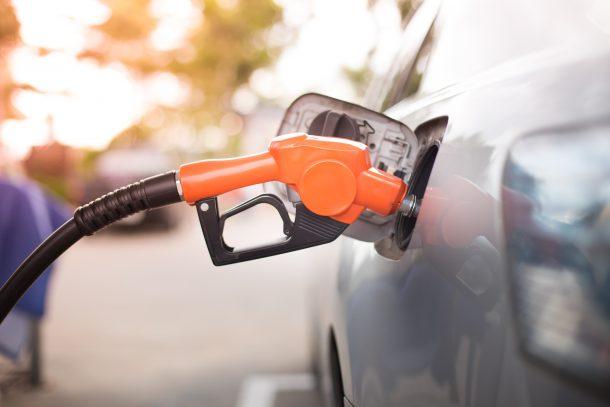
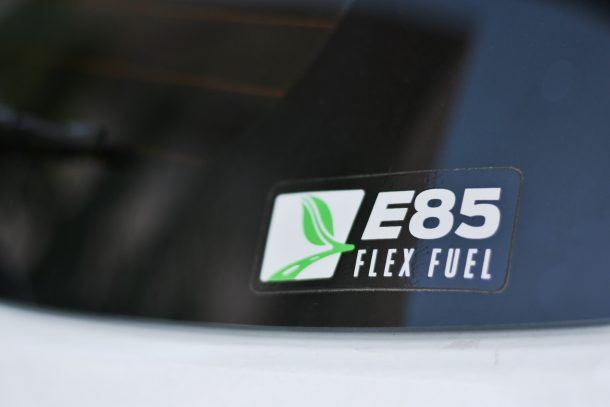
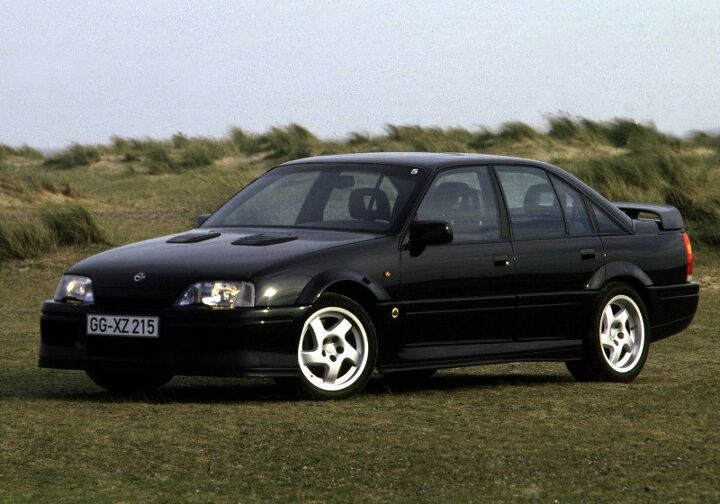

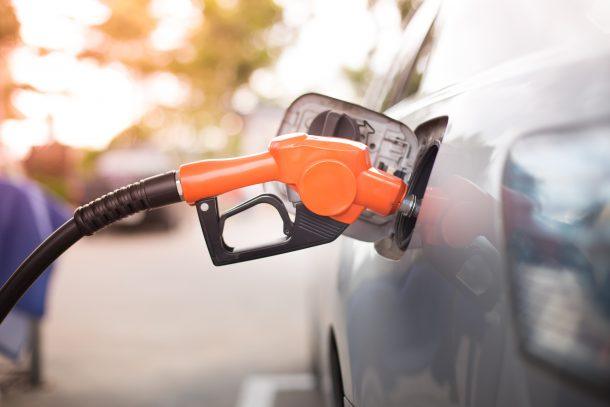


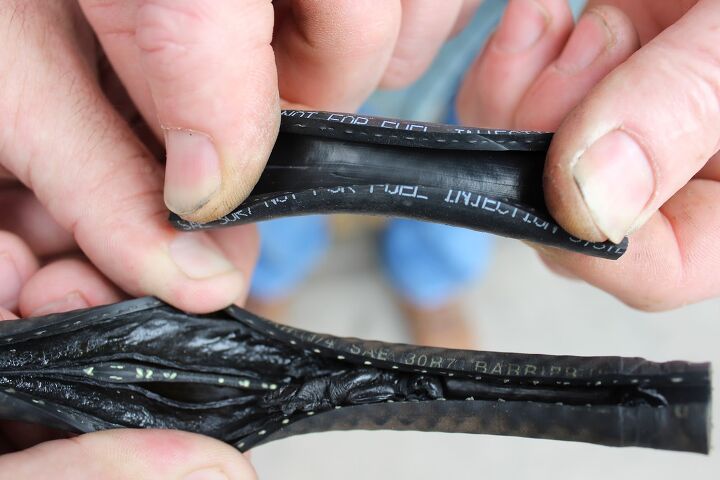



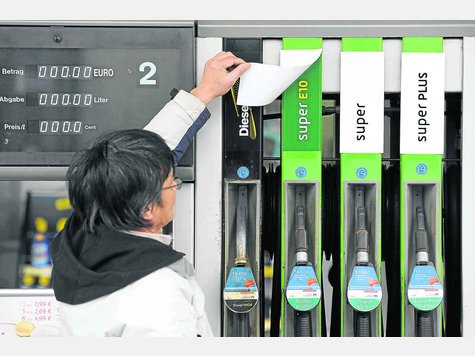

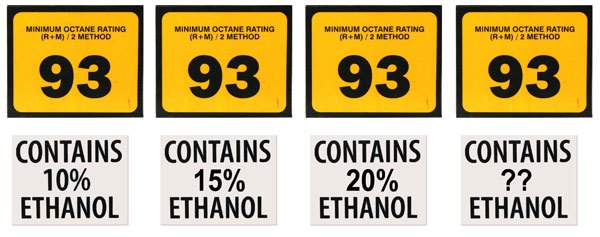












Recent Comments